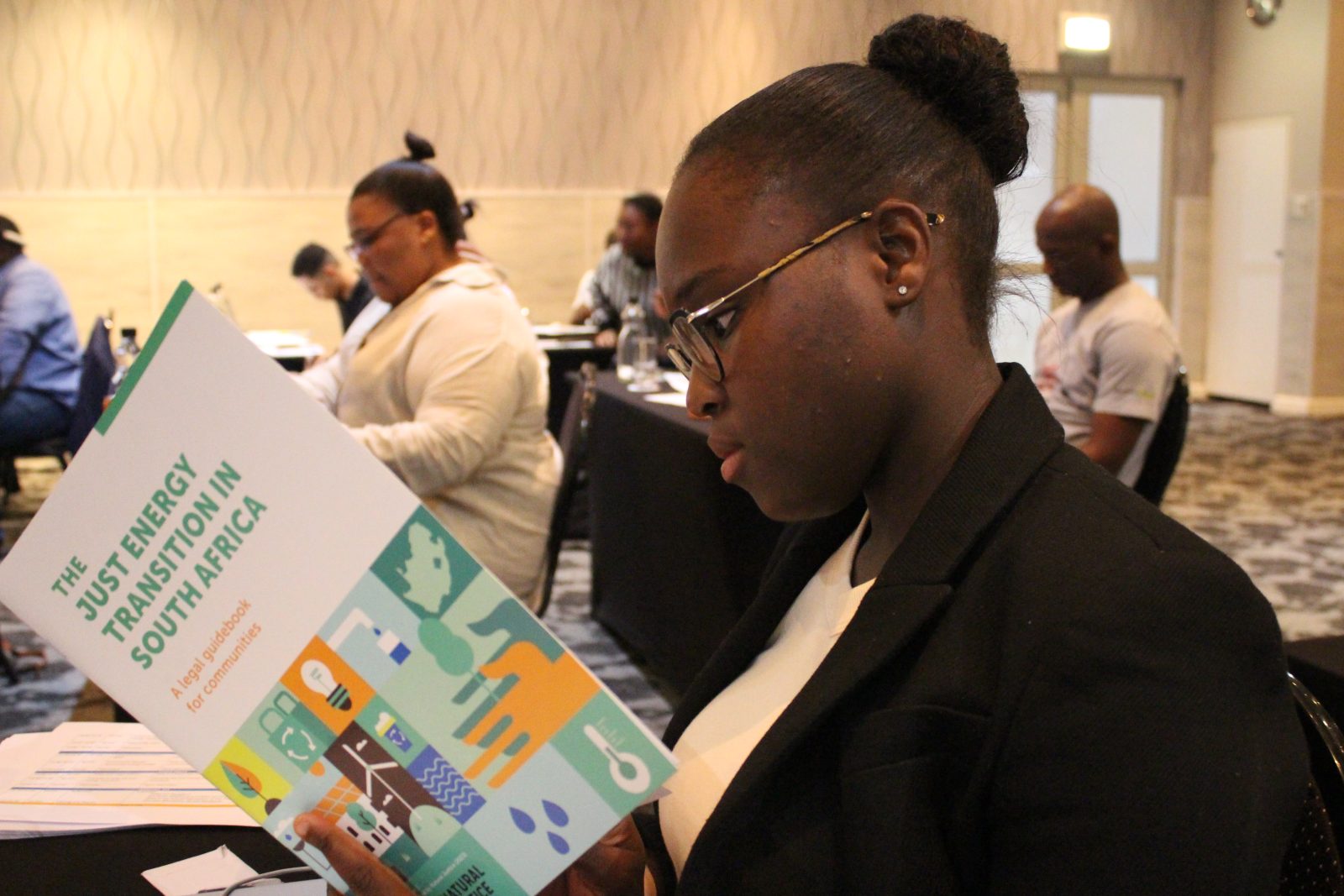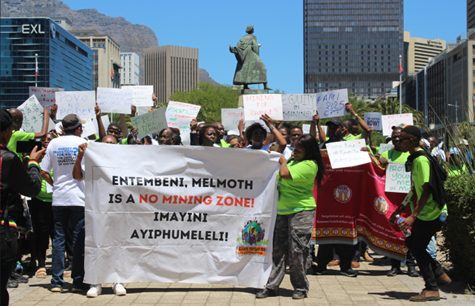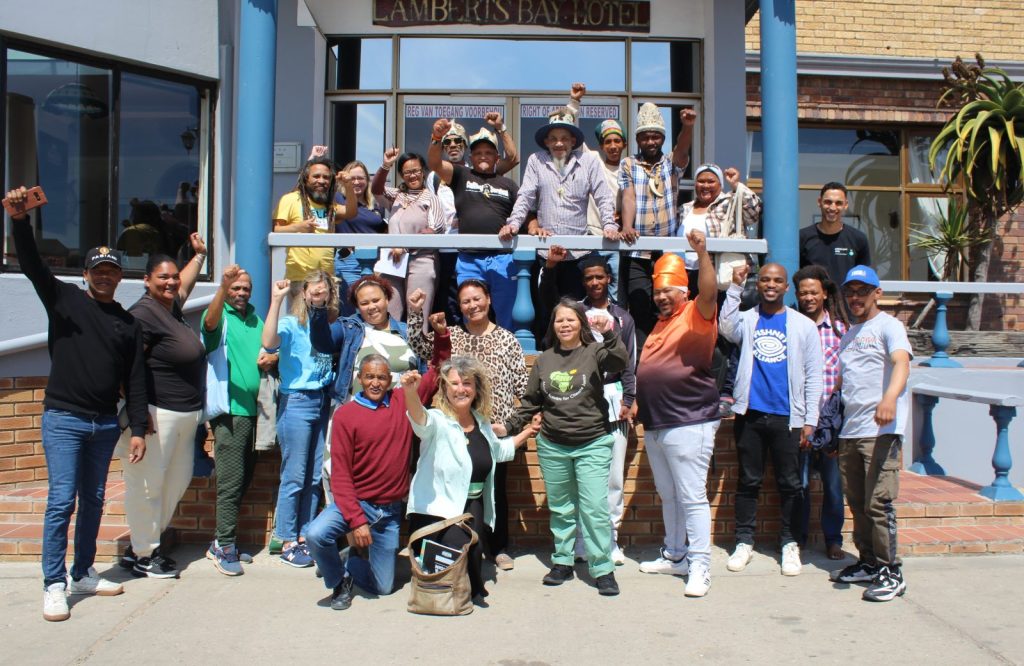Finding the Balance between “Promote” and “Protect”
South Africa stands at a crossroads to establish its environmental governance. Once again, we are looking at new legislative changes that are seeking to navigate the tensions between the economy and the environment, as the recently proposed amendments to the Environmental Impact Assessment (EIA) Regulations, 2014 (D.0, EIA Regulations Listing Notices, 2014) published on 6 December 2024 are asking us to do.
With the amendment seeking to lessen the red tape within the EIA process, a few examples include:
- The amendment to Appendix 1: Activity 21H. This has the effect of downgrading seismic surveys from requiring full environmental impact assessments to only needing basic assessments. This could result in the acceleration of approvals for offshore and onshore resource exploration projects.
- The amendment to regulation 39(2). This removes the requirement for landowner consent for certain activities such as mining expansions and projects using fracturing technology. This amendment appears designed to ease procedural requirements for developers but may impact customary landowners or occupiers of land and small-scale farmers. This could also likely result in the relaxing of procedural requirements related to consent for activities using fracturing. This raises concerns about land tenure rights and community consultation.
- Automatic recognition of older environmental authorizations (Amendment to Regulation 54A), which is likely to allow for permits issued before 2014 to be considered compliant with new regulations. This may streamline administrative processes but raises concerns about outdated environmental standards being applied to modern developments.
- Amendment to Listing Notice 1 and Listing Notice 2. This attempts to replace the term “hydraulic fracturing” with a broader definition of “fracturing” (Amendment to Appendix 1: Activity 66A). This change could potentially lessen environmental oversight by encompassing multiple well stimulation techniques under a single, less specific category.
These amendments present an opportunity to reflect on how we may achieve sustainable development alongside addressing the protection of community and environmental well-being.
What the Changes Mean to You
The amendments represent a change in the way environmental assessments are carried out, especially for activities like seismic surveys, mining, and infrastructure development. One major proposed change is that seismic surveys will only require a basic assessment instead of a full EIA. That brings up some big questions about how we weigh the efficiency of decision-making (getting authorisation quickly) against the need for comprehensive environmental oversight (ensuring that the project is not a threat to the environment and human rights).
Changes to public participation requirements could similarly transform how communities follow environmental decision-making processes. While it is good to cut red tape from administrative procedures, it is equally important to make sure that all voices, especially Indigenous and rural communities, continue to be heard and taken into account in development decisions.
The Floor Navigates Climate and Community Considerations
The formative chapter in the transition of our energy system in South Africa can set the best — or worst — transition course towards meeting our national development priorities and achieving our climate commitments, globally and nationally, as well as our commitments to align with international standards.
The changes that are incrementally being made in the country, strive to bring down emissions and shift to cleaner energy sources. To build an environmental governance framework that aligns with the global push for climate resilience and social equity, it is essential to integrate cumulative climate impact assessments into development planning while upholding community land rights as a corner stone of just and inclusive decision making.

Fostering a Balanced Approach
In considering these amendments, South Africa has a chance to improve its environmental governance framework to help drive development and protect the environment.
The following considerations are proposed by Natural Justice towards achieving this balance:
Thorough Environmental Assessments: Full environmental impact assessments must be performed for high-impact activities to ensure ecological integrity and long-term sustainability. High Impact Activities refer to general industrial, extractive, or infrastructure projects that have significant environmental and social consequences. These could be defined as:
- Hydraulic fracturing (fracking). This is a method used to extract oil or gas from underground by injecting high pressure liquid into rock formations. This process could lead to water contamination, air pollution and even smaller earthquakes (Referenced in the amendment to Listing Notice 1: Activity 66A)
- Seismic Surveys for oil and gas exploration. These use of loud sound waves underwater to detect oil and gas reserves beneath the ocean floor. These blasts can harm marine life, disrupt fish populations, and impact small-scale fishers who depend on the ocean for their livelihoods (Referenced in Amendment to Appendix 1: Activity 21H).
- The construction of ports, oil refineries, or industrial zones near coastlines. These projects can increase erosion, destroy mangroves, and threaten the livelihoods of small-scale fishers and coastal communities. (Referenced in Amendment to Regulation 39(2)(d), which affects activities on coastal public property)
Empowering Public Participation Mechanisms: Involving a wide range of actors—from communities and civil society to industry—helps to ensure that key decisions affecting the environment are informed, inclusive, and transparent.
Alignment with Climate and Conservation Objectives: Policies must strengthen South Africa’s commitment to decarbonization and protecting biodiversity, while also allowing sound economic development.
Valuing Community Rights and Knowledge: Indigenous and local communities have longstanding relationships with their land and natural resources. Their voices and insights are crucial to delivering policies that do right by cultural heritage and environmental stewardship.

Looking Ahead
The proposed amendments may lead to meaningful conversations about the future of South Africa’s environmental governance. But as we move through these changes, we have to keep asking: How do we keep doing development without destroying the environmental and social fabric of communities?
A robust EIA process is essential to answering this question, as it serves as the primary safeguard against unsustainable development that threatens ecosystems, biodiversity, and vulnerable communities. How do we craft policies that will benefit both this generation and those to come?
If environmental oversight is weakened in favour of streamlining approvals, we risk enabling short-term economic gains at the cost of long-term ecological and social harm.
The EIA framework must remain strong and uncompromised to ensure that every development decision secures the protection of ecological integrity, balancing economic progress with sustainability, justice and resilience for future generations.
As Natural Justice, we are committed to ensuring that any dialogue and engagement is constructive in nature to ensure that we have an environmental agenda that is founded on sustainability, justice, and resilience. We hope the public will join these discussions and contribute towards a common vision for South Africa’s environmental future.
See our submission here

